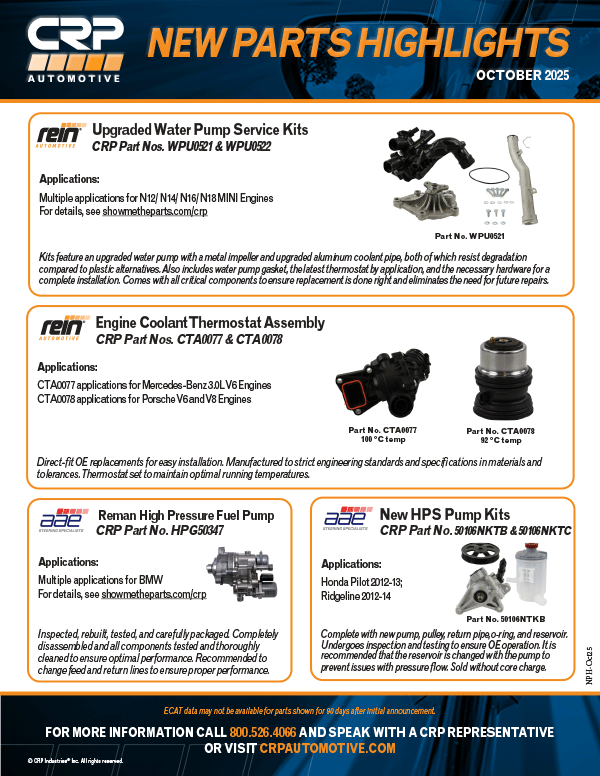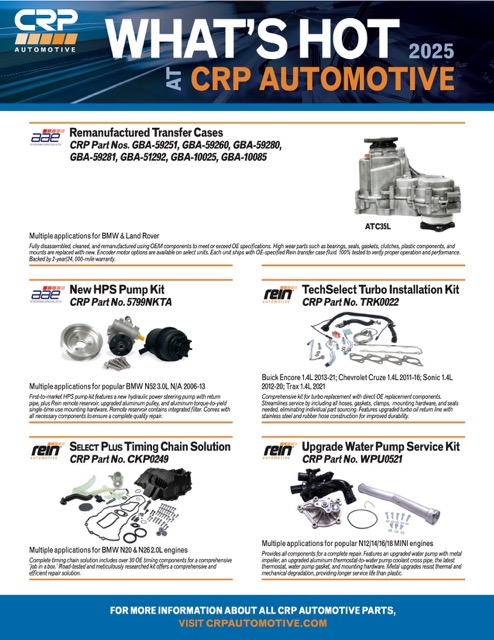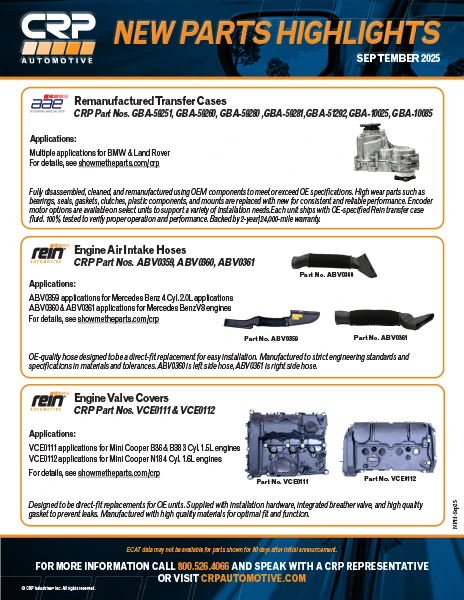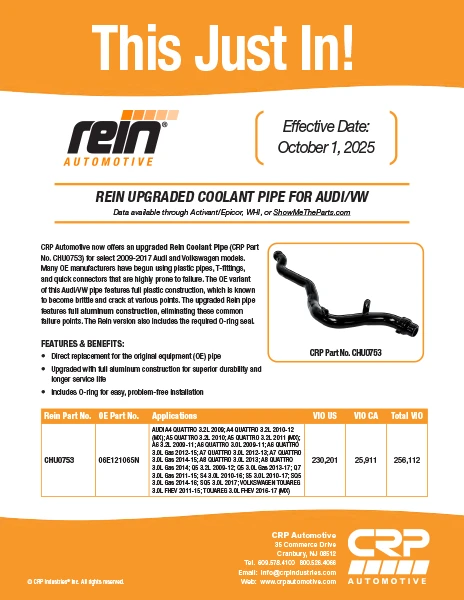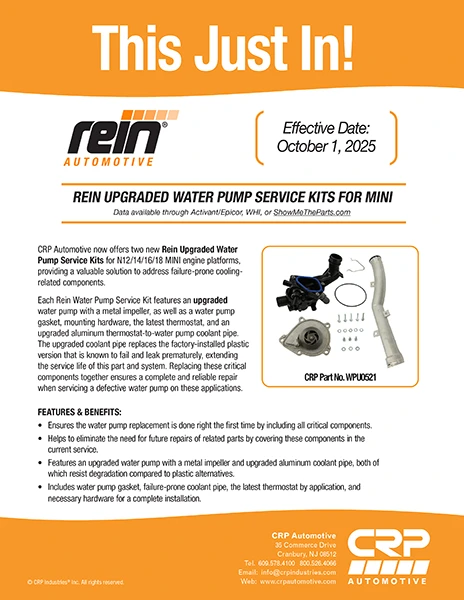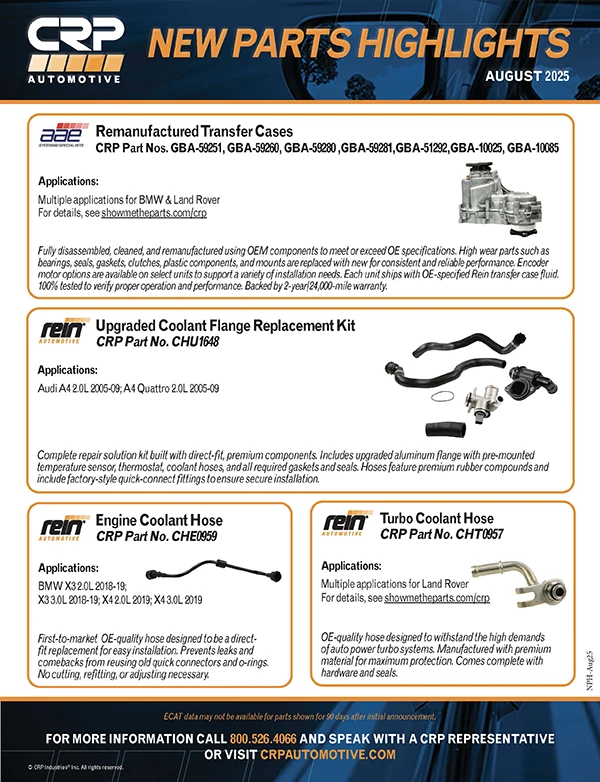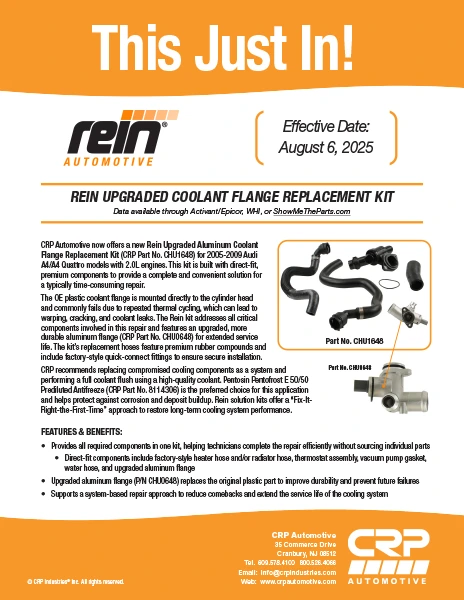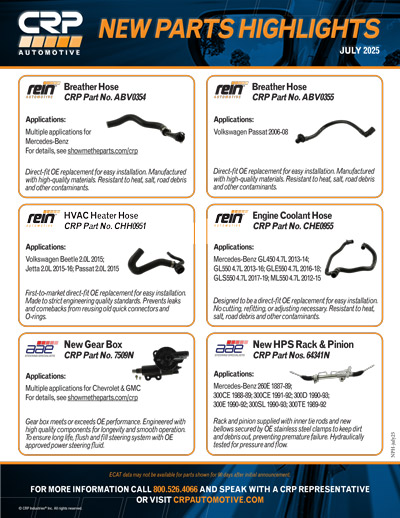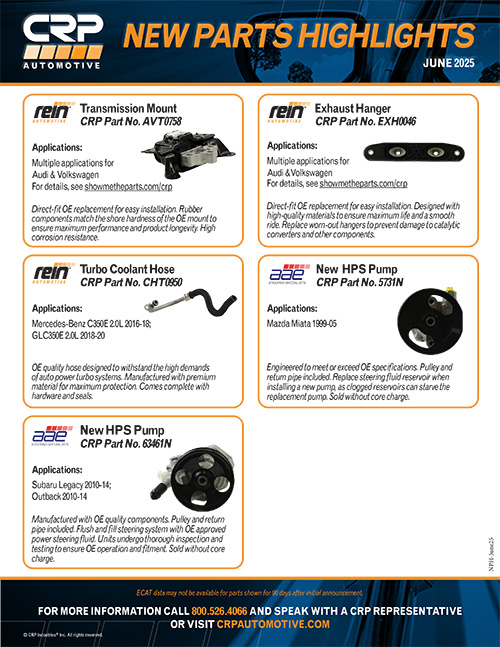How much do you know about electronic powers teering? In Episode 138, we’re exploring the world of Electronic Power Steering (EPS). While our discussions typically revolve around specific EPS applications, parts, or technical insights, let’s take a step back and explore EPS on a broader scale.
EPS, also known as electric power steering, may appear to be a recent innovation, but its roots trace back to as early as 1991 when it first found its way into production vehicles. Since then, it has become increasingly prevalent, even among domestic vehicles. Take Ford, for instance — they’ve integrated EPS systems into their models as far back as 2010.
Since 2010: Flex (Part No. ER1023), Fusion (Part No. ER1026), Taurus (Part No. ER1023)
Since 2011: Explorer (Part No. ER1001), F-150 (Part No. ER1000), Mustang (Part No. ER1004)
Since 2012: Focus (Part No. ER1003)
Electric Power Steering is also used Ford’s Edge (Part #ER1031), Escape (Part #ER1006), Expedition (Part #ER1032), and Transit Connect (Part #ER64203).
This shift towards EPS isn’t just a glimpse into the future of power steering; it’s the reality we’re living in today. As automotive professionals, it’s crucial to understand and embrace this evolution. Whether you’re a seasoned veteran or just stepping into the power steering arena, adapting to EPS is non-negotiable. But fear not, because CRP Automotive is here to guide you through this transition.
If you’re feeling apprehensive about joining the EPS movement, know that you’re not alone. However, the time to act is now. With hydraulic steering systems gradually becoming obsolete, embracing EPS is the logical next step.


